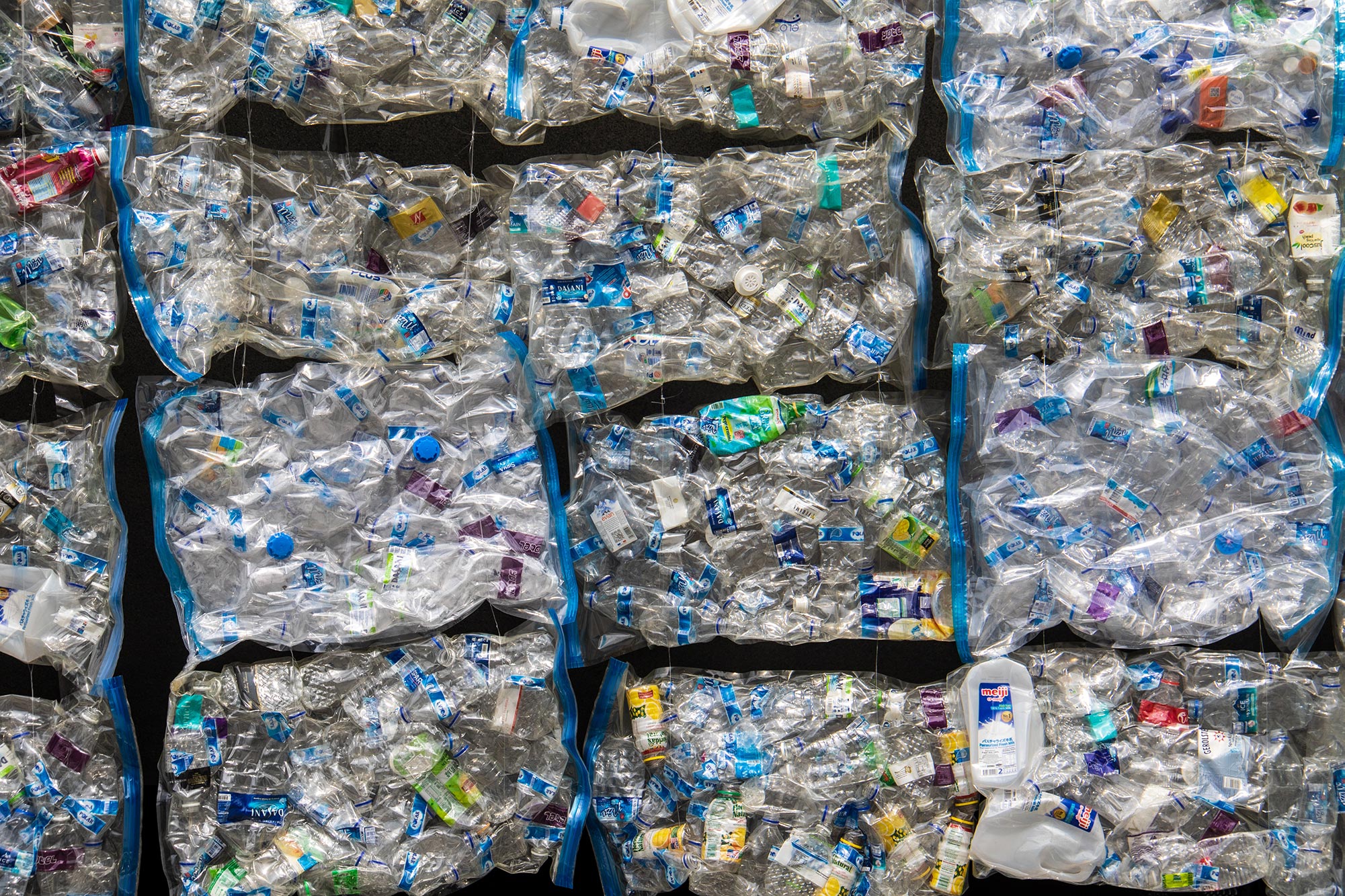
Can plastics recycling be profitable?
Plastics recycling in industrial areas
plastics, plastics recycling, circular economy, resource wisdom, business cooperation, port, waste, value chain, piloting, reuse
It has become apparent that more plastics need to be recycled. The purpose of this concept is to launch plastic recycling activities in industrial areas and to create cooperation between companies to achieve climate goals. An experiment was carried out to illustrate the functionality of recycling, to obtain information about the volumes of plastics and to collect feedback from companies in Vuosaari Harbour.
- 6443 kg/year: the theoretical amount of plastic waste generated in Vuosaari Harbour.
- 80% of the collected plastics could be reused instead of being used to produce energy according to the pilot project.
- Emissions: carbon dioxide emissions are significantly lower in recycling-oriented solutions than in the current solution in which plastic waste is mainly burnt.
This solution is suitable for
- cities that want to encourage companies to do their bit for climate change;
- companies that want to start recycling their waste or improve their existing procedures;
- companies that are looking for new business opportunities in the recycling sector.
BASIC FACTS
- Location: Vuosaari Harbour, Helsinki
- Life cycle: active phase.
- Organisers: Satu Pasanen/VTT Technical Research Centre of Finland, Juha Hakala/VTT Technical Research Centre of Finland, Saara Pellikka/City of Helsinki.
- Time span: 3 months – 1 year.
- A ‘plastic pilot’, a joint experiment to collect plastic waste from companies, was carried out during the concept development phase. Packaging plastics and plastics from logistics operations were collected from companies in Vuosaari Harbour. The pilot project was carried out in cooperation with the City of Helsinki and the Port of Helsinki between 16 November and 31 December 2020.
- The recycling solutions were compared to the current ones from the perspective of the economy and carbon emissions.
- The concept encourages the reuse of plastics.
The first plastic recycling concept in Vuosaari Harbour
National and international targets, such as the plastics roadmap for Finland and the EU plastics strategy, accelerate the recycling of plastics. The concept was inspired by the enthusiasm of companies in Vuosaari Harbour for recycling – it started at the grassroots level. The purpose of the concept is primarily to start collecting plastics in the industrial area and, secondarily, to promote cooperation between competing companies to achieve the climate goals.
During the conceptualisation phase, a pilot project was carried out in collaboration with public-sector operators, companies and a research institute. Practical experiments such as this produce scientifically valid and pragmatic data, encourage companies to try new work methods and increase dialogue between cities and businesses.
Piloting provides facts for conceptualisation
A ‘plastic pilot’, a joint experiment to collect plastic waste from companies, was carried out during the concept development phase. Packaging plastics and plastics from logistics operations were collected from companies in Vuosaari Harbour. The pilot project was carried out in cooperation with the City of Helsinki and the Port of Helsinki between 16 November and 31 December 2020. Seven logistics companies took part. Plastic material was collected in a waste compactor equipped with a smart scale, which was on loan from Europress Group Oy for the duration of the test.
A total of 812 kg of various types of plastics was collected, mainly polyethylene (LDPE) and polypropylene (PP), which were taken to be reused. The plastic materials were sufficiently clean for the purposes of the collection experiment. Participants filled in a questionnaire afterwards that collected feedback and user experiences for concept development. Most participants found it easy to take part in the plastic pilot and joint collection efforts. Companies thought that collaboration was viable, especially with regard to waste management and other environmental services.
Comparative information with economic and environmental perspectives
The economic perspective was illustrated and assessed in the context of Vuosaari Harbour’s location and the pilot carried out there. Different solutions were created for this industrial area in terms of waste management and recycling, and in addition to the current situation, two alternative solutions are presented, A and B. In the current situation (REF), plastic waste is not recycled but is sent to be burnt at a waste-to-energy facility. Solution A does not involve sorting at the place of origin but all plastic waste is put together and taken to a recycling company. In solution B, plastic waste is sorted at the place of origin, i.e. only LDPE and PP plastic waste is collected.
The results show that the current situation (REF) is the cheapest if only 6.5 tonnes of plastic waste is generated per year, but this option becomes the most expensive as the amount of waste increases. Solutions A and B, which encourage people to recycle, are more economical when the volume is 1.5–2 times higher. Carbon emissions in solutions A and B are significantly lower than in the reference situation. An increase in the amount of plastic waste in solutions A and B generates lower level of emissions than the reference situation.
Putting the concept into practice
The concept is based on solution B, in which the LDPE and PP waste collected from the companies in the port is sent to mechanical recycling. There is also already an industrial recycling solution. As it develops, the concept aims to apply solution A, in which a wider variety of plastic waste can be collected and sent either to be reused as recycled material or as material for the petrochemical industry. Introducing solution A will require cooperation with a suitable recycling or sorting company located near the industrial area. In both solutions, the flow of plastic waste from nearby areas is added to the flow from the port as this increases the impact on the local area. The concept is based on the idea that plastic waste generated in the area is returned there in products used in the area (e.g. packaging films or bags) or is used in products such as fuels used by machines in the area.
All respondents said that a joint collection of plastics should remain a permanent part of the port’s operations. The joint collection model is easy to adopt and scale to suit different types of industrial areas. Expanded to cover the whole country, this type of activity in industrial areas would have the potential for substantial emissions reductions.

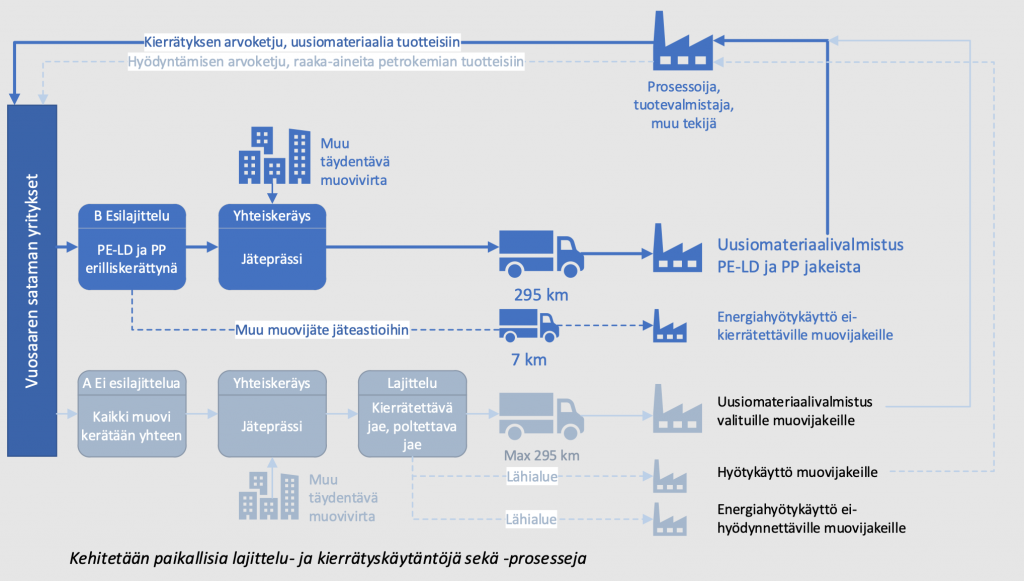
TAKE-HOME MESSAGES
- Companies are enthusiastic about plastic recycling and they want their operations to be more sustainable.
- Piloting provides scientifically valid, practical information on the amount of waste generated in an area and companies’ recycling-related requirements and practices.
- Competing companies can collaborate and gain environmental and economic benefits.
- Cities will be able to persuade companies to adapt the climate goals by launching new pilot projects that focus on emissions reductions and resource wisdom and that benefit companies in the short or long term.
“As the global use of plastics increases, we need recycling to curb this trend. Solutions are created at the local, national and international level. Recycling captures plastic waste for reuse or recovery and offers environmental and economic benefits to businesses.”
– Satu Pasanen, Research Scientist, Circular Economy Developer, VTT Technical Research Centre of Finland
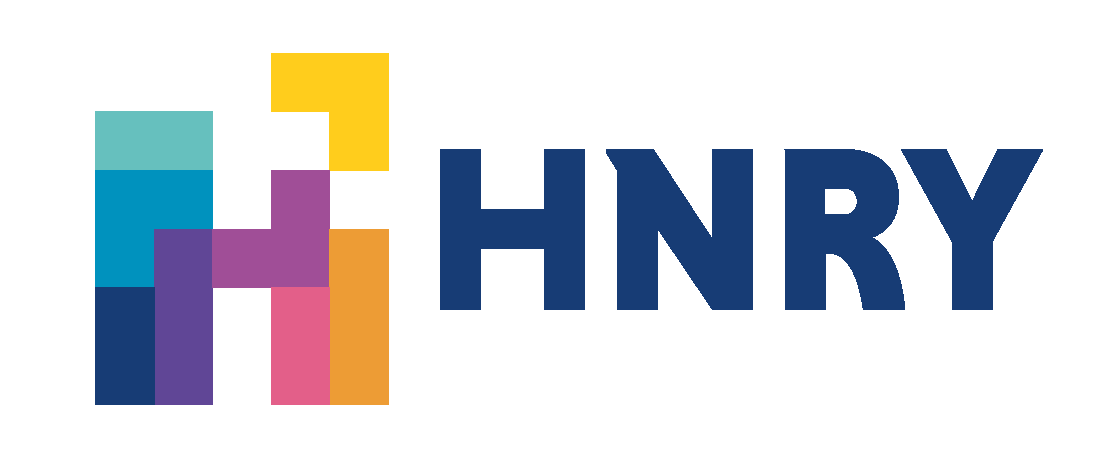

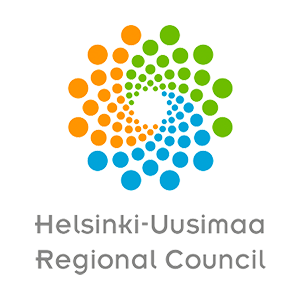
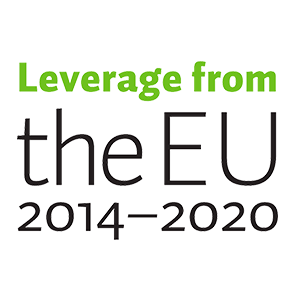
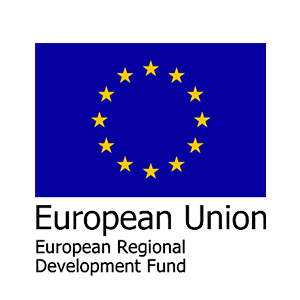
 VTT kehittää Helsingin, Espoon, Vantaan ja Turun yritysalueille vähähiilisiä toimintatapoja
VTT kehittää Helsingin, Espoon, Vantaan ja Turun yritysalueille vähähiilisiä toimintatapoja